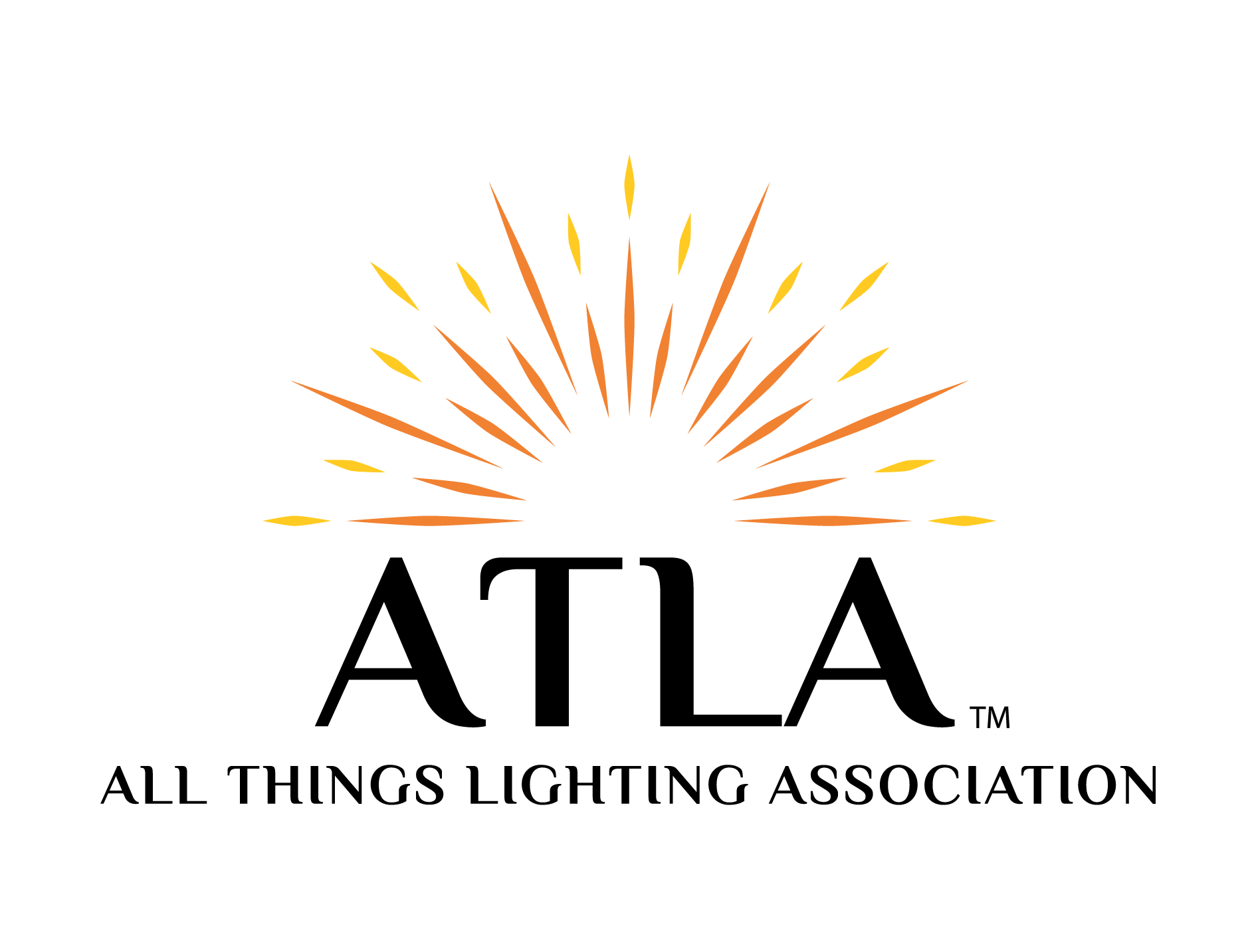Ian Ashdown, P. Eng., FIES, Senior Scientist, SunTracker Technologies Ltd.
Published: 2014/05/12
Giving light … this phrase symbolizes a new philosophy of lighting design, a philosophy in the sense of how we think about the lighting design process. Much like the modernist movement in architectural design a century ago, it offers a reconciliation of lighting design practices with today’s rapid technological advancements and societal changes.
The innovations we are seeing in lighting hardware today are fascinating, but we are as always in danger of seeing these innovations in terms of existing technology. It is much like the first automobiles, which looked just like what they were called — horseless carriages. In some cases, these early and primitive vehicles came complete with buggy whip holders. As useless as they were, these accessories symbolized the inability of designers to fully adopt the new technology of internal combustion (and yes, electric) engines. The horse may have been absent, but it was still basically a 19th-century carriage.

We may laugh at the silliness of such thinking, but in reality we are no different. Look at today’s solid-state lighting: we insist on emulating century-old incandescent lamp form factors and worse, attempting to control them with AC phase-cut dimmers. We may mutter about market acceptance and existing installations, but the truth is that we are not all that comfortable imagining what is possible with solid state lighting technology.
The innovations we are seeing in lighting hardware are not only fascinating, but part of a much larger movement now called the Internet of Things. Just as the first mobile phones have brought us today’s smartphones, today’s seemingly unrelated innovations in solid-state lighting are about to lead us into a brave new world of lighting design that we are only beginning to understand.
The question is, do we as lighting designers want to quietly accept whatever products the large corporations may develop and market, or do we want to direct the development of this brave new world?
We begin with a look at our current philosophy …
The Philosophy of Lighting
For the past eight hundred millennia or more [1], we have had a clear and persistent understanding of light and lighting. Simply put, we view light as an intrinsic property of the light source. It is a world view that has both informed and limited how we approach the art and science of lighting design.
Our ancestors were intimately familiar with, and likely revered, fire as a source of light and lighting. Certainly fire occupied a central role in the religious beliefs of Zoroastrianism and Hinduism. Agni, the Vedic god of fire and sacrifice, took the form of fire, lightning, and the Sun. In Abrahamic theologies, the universe began with fiat lux — “let there be light.”
We are no different today. We have a much better understanding of the physics of fire and its derivatives (including the cosmological “Big Bang,” first introduced as a theory some eight centuries ago [2]), but we arguably still perceive and understand light and lighting as our distant ancestors did. It does not matter whether it is a burning torch, an incandescent lamp, or an organic light-emitting diode (OLED) — we think of emitted light as an intrinsic property of the light source.
We extend this thinking — this philosophy — to our lighting systems in terms of controlling the emitted light. From trimming the wick of a smoking tallow candle to sending digital commands to wireless lighting networks from our smartphones, we similarly view lighting control as an intrinsic property of the lighting system.
There is a German word — Weltanschauung — that translates as “world view.” It is a framework of ideas and beliefs that form a global description through which we interpret our world and interact with it. In this sense, our understanding of light and lighting is very much a world view. We intuitively think of light as something which illuminates the space around us and of lighting systems as something that we interact with. Light and lighting systems are an integral part of this experiential world.
We have of course undergone numerous paradigm shifts (aka “revolutions”) in lighting over the past two centuries or so, including gas lighting, incandescent lamps, fluorescent and high-intensity discharge lamps, electronic ballasts, fiber optics, solid-state lighting, and more. However, we have done so without changing how we think about light and lighting. To us, a light source is just that — a source of light.
A Lighting Abstraction
“Let me give light, but let me not be light.”
Portia, The Merchant of Venice
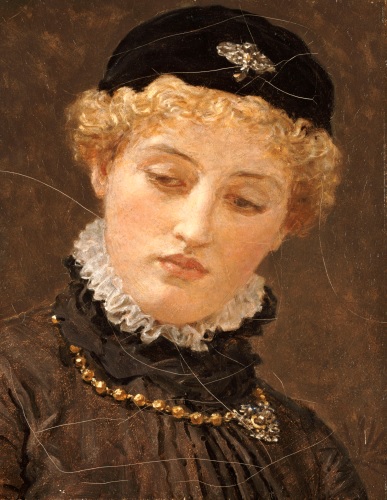
Shakespeare most likely meant “give light” in the sense of Portia having loose morals within her pending marriage. The phrase however is too evocative to ignore. The thought of us “giving light” is clearly an abstraction, but it is an exceedingly useful one from our perspective. It shifts the focus from designing for the illuminated environment to designing for people. The distinction is subtle but important.
But why an abstraction? The answer is that something as broad as a philosophy requires us to look at lighting design without being encumbered by any particular technology or hardware issues.
We all have our desires and preferences in terms of lighting, including intensity and dynamics, color temperature and color, and directionality and modeling. Wherever possible, we interact with lighting systems to satisfy our preferences. We turn the lights on and off when we enter or leave our offices, we dim the lights during a presentation in the conference room, and we open and close the blinds in response to daylight and weather conditions. We currently think of this in terms of controlling the light sources, of light being an intrinsic property of the light source.
Thinking …
What however if we turn this thinking — this philosophy — on its head? What if we consider light and light as intrinsic properties of ourselves? In this sense, we may abstractly “give light” to the environments we happen to be in.
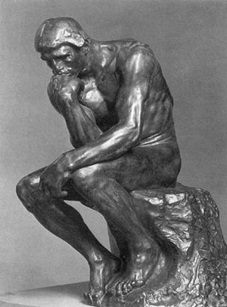
We may give light to our personal environments, including private offices and our residences. However, we also implicitly follow social norms. We rarely for example consider adjusting the lighting in common areas when other people are present, and we do not even think about controlling the lighting in public spaces such as restaurants, theatres, and hotel lobbies. Outdoor lighting in particular we simply accept for what it is, although we may occasionally complain about poor lighting design.
There are however socially-accepted exceptions to the rule. The introduction of solid-state lighting a decade ago brought with it a wealth of interactive public art displays wherein viewer interaction was not only encouraged, but often considered an integral component of the display. The artist in effect provided the public with a mostly blank canvas on which to express their lighting preferences.
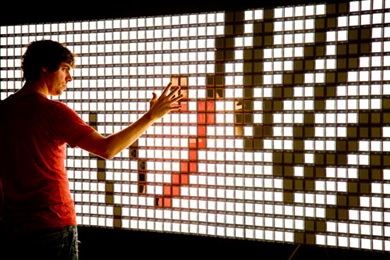
After ten years, the novelty of such displays has mostly gone. These were however early examples of people giving light to their illuminated environments.
Personal Lighting Control
There are other examples of giving light to public spaces where different people may have different lighting preferences. Networked lighting systems for offices have been around for the past twenty years or so, with the first commercial system arguably being the Ergolight system from what is now Philips Ledalite. Its original product features today form the backbone of most networked lighting systems.
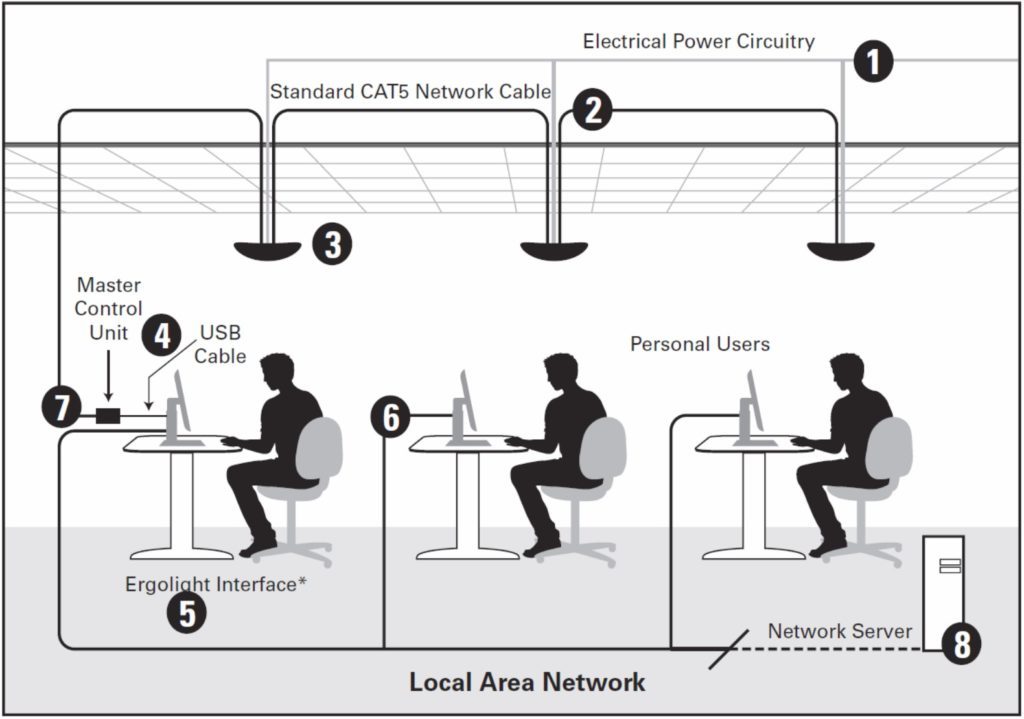
What is interesting about these lighting control systems is that they provide each worker with a considerable degree of control over the lighting of their workspaces. They can dim and switch the downlight from the overhead luminaires, while integral occupancy sensors and timers can dim or turn off the lighting when the worker is not present. Integral photosensors can also be used to implement daylight harvesting where appropriate.
What is surprising is that since its introduction, the concept of personal lighting control has never been seriously challenged. Numerous academic studies have shown that office workers in general approve of such lighting control systems [3]. Even better, their use contributes significantly to energy savings.
As lighting designers, we have therefore been enabling people to give light to their workplace environments for the past two decades. It has been a fundamental change in how we think about light and lighting design — a change so subtle that we barely noticed that it had occurred. More than an abstraction, giving light has long been an accepted lighting design practice.
But now it is time to take this design philosophy to a new and more exciting level …
Our Networked Society
In 1959, the futurist Arthur C. Clarke wrote, “… the time will come when we will be able to call a person anywhere on Earth merely by dialing a number” [4]. A little over half a century later, there are reportedly some 4.5 billion mobile phone users in almost constant communication with each other. We are, in the words of the phone manufacturer Ericsson, a globally “networked society” [5].
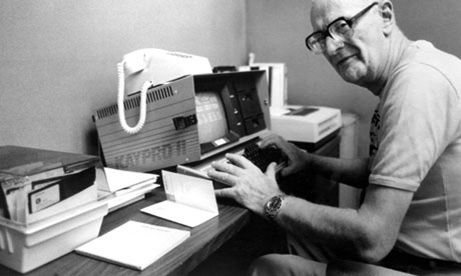
This is another change in our world view — who could have imagined a decade ago that we would so dependent today on cellular phones and smartphones for our daily activities? Even this however is only the beginning of the revolution — the Internet of Things (IoT) will connect us to almost every device and service imaginable in our daily lives. Analysts at Gartner, Inc. have predicted that by 2020, the installed base of IoT devices will be 26 billion units [6].
Lighting systems will of course be an important part of all this. Going beyond interactive public art displays and personal lighting control in open offices, we will soon have the technology to control lighting systems to a much greater extent than we do now. As lighting designers, we need to understand this technology and imagine the ways in which we can design lighting systems that benefit the user.
If we are to avoid thinking in terms of “horseless carriages,” we need to look beyond the technologies to the lighting design process itself. The philosophy of giving light provides the necessary mental framework. With such a framework in mind, we can consider the implementation details.
Identification and Geolocation
To control lighting systems, we first need to communicate with them. While such topics as wireless communications and networks may seem outside the realm of lighting design, they are anything but. It is not necessary to understand the technical details, but it is necessary to understand what is possible with today’s mobile communication devices.
Most of us are aware that law enforcements agencies can track mobile phones through cell towers and global positioning system (GPS) satellites and determine their position (ìgeolocationî) to within some 500 feet or so. This is however but one example of “real-time location services” [7]. Using a combination of GPS, cell tower communications, WiFi hot spots, and Bluetooth Low Energy (BLE) devices, it is possible to geolocate a mobile phone in three dimensions with an accuracy of approximately two feet with 95 percent accuracy whenever the device is turned on [8].
We may not always carry our smartphones with us, but the trend today is towards smartwatches, wearable computers that are as unobtrusive as old-fashioned wrist watches. Featuring a long and growing list of capabilities, these will likely become indispensable accessories for life in our networked society. With GPS and BLE capabilities, they will also — with our permission — tell the world who and where we are.

Public Profile
“You have zero privacy anyway — get over it.”
Scott McNealy, Sun Microsystems CEO (1999)
The operative word here is permission. We object to our loss of privacy mostly because it is being constantly invaded by corporations and governments without our knowledge, let alone our permission. Corporations harvest our personal information for the purposes of targeted advertising and business intelligence, while governments track us for various political reasons (and increasingly simply because they can). Commercial services such as for example Apple’s iBeacon have been developed expressly for commercial interests to track our movements and present us with targeted advertising … without our permission.
Suppose however that we consciously choose to publicly broadcast this information. Rather than having commercial and political interests trying to surreptitiously determine our preferences, we could maintain public profiles of ourselves. More than simple lists, these profiles would be even more richly detailed than those maintained by the retailers and credit card companies — but fully under our individual control. More important, these profiles would be electronically bound to our physical presence (albeit stored “somewhere in the cloud”). They would in a very real sense be an intrinsic property of ourselves.
With this capability, we can choose to tell the world who and where we are. In terms of lighting systems, all we need to do is to wirelessly broadcast a unique identifier; the system can then access our public profile via the Internet to determine our desires and preferences related specifically to lighting (if we so choose).
Visible Light Communications
From a lighting designer’s perspective, this is where it becomes interesting. The first lighting networks introduced some twenty years ago relied on wired RS-485 communications. These were superseded by faster Ethernet communications, and more recently by wireless mesh networks such as Zigbee Light Link [9].
An unfortunate disadvantage of wireless networks is that there can be numerous devices operating at the same frequency. As with shared Internet access and mobile phone usage, too many devices attempting to communicate at the same time may result in unacceptably poor system performance. This situation will only get worse as the Internet of Things gains traction.
Visible light communications, often referred to as “LiFi,” provides a solution. Beginning in the 1970s, inventors began developing modulation techniques for fluorescent lamps that enabled the broadcasting of audio signals using general illumination [10]. These saw some commercial success [11], but it was the development of light-emitting diodes and solid-state lighting that has renewed particular interest in the technology [12].
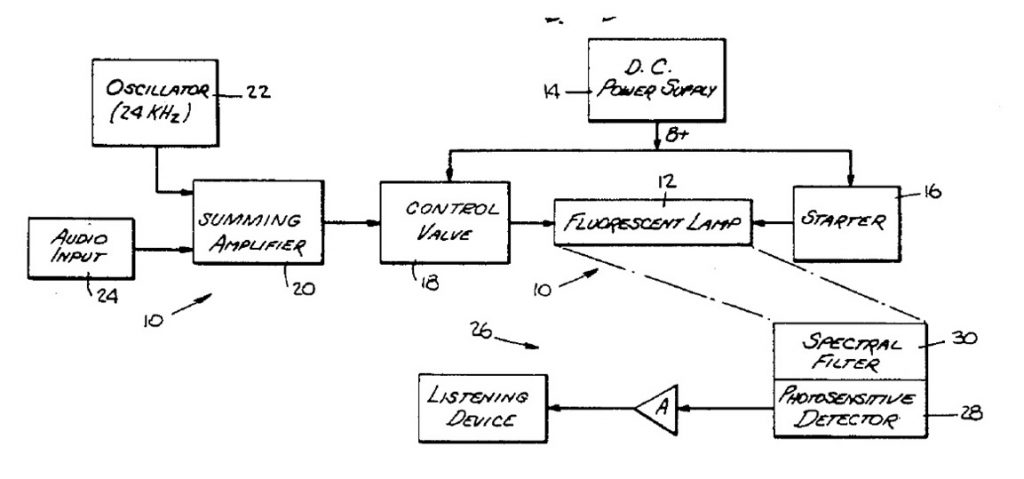
The LiFi Advantage
LiFi offers several advantages over wireless communications. It is for example primarily line-of-sight, which results in potentially more secure communications. Solid-state lighting can also be modulated at high frequencies, providing up to four times the bandwidth of 3G mobile phone systems. Further, there are no restrictions on the carrier frequency or spectrum licensing requirements, so multiple systems can easily co-exist.
The one disadvantage is that LiFi is basically a broadcast system. Luminaires with LiFi capabilities can broadcast information, but receiving devices generally require infrared or wireless transmitters to respond. A local WiFi router or Bluetooth transceiver can for example receive the responses and communicate with the luminaires using Ethernet or a wireless network.
The true advantage of LiFi however is that it is no longer necessary for the lighting system to geolocate occupants with accuracies of a foot or less. All that is needed is for the luminaires to continually broadcast their unique identifiers, and for the occupant’s martphone or smartwatch to detect these identifiers with its camera or a photosensor. The device can then wirelessly respond, “I see you” with the occupant’s public profile identifier. This is an exceedingly brief transaction that minimizes the device’s battery power requirements.
What is exciting about this is that this is not some futurist’s wish list for advanced technology. The technology already exists, and it is already being commercialized.
Commercial Products
Royal Philips recently introduced an ìintelligent in-store LED lighting systemî that communicates information to shoppers via their smartphones and LED-based luminaires [14]. All the shoppers have to do is to point their smartphone cameras at the nearest overhead luminaire.
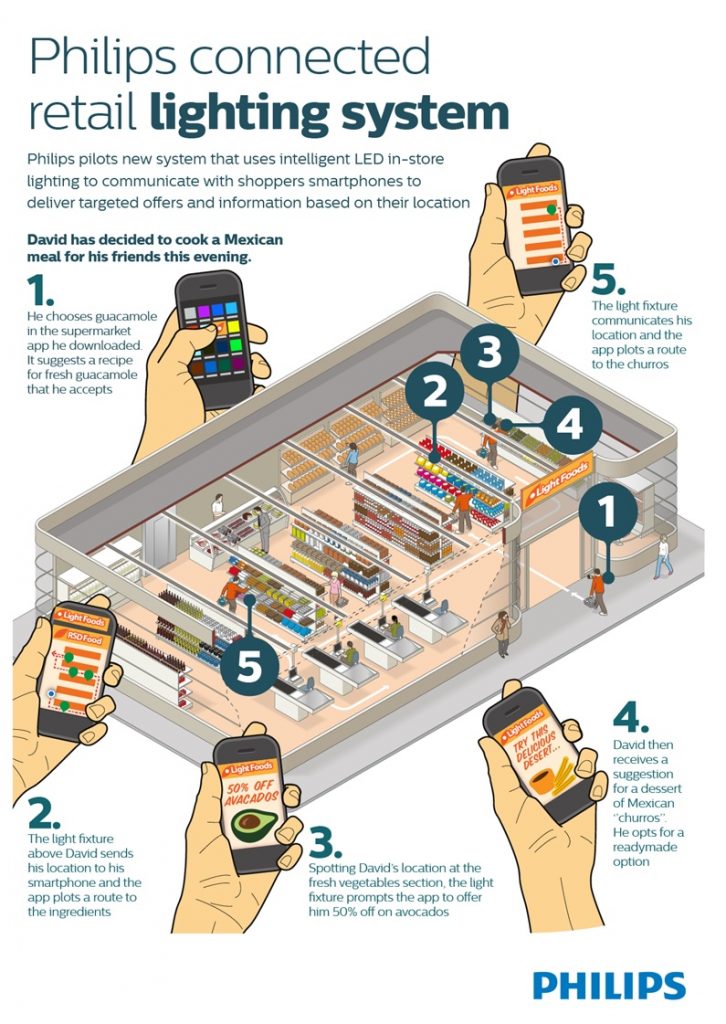
Philips has even more recently introduced a “smartphone-controlled connected office lighting system” [14]. This system enables office workers to control both the lighting and room temperature using their smartphones in communication with the overhead luminaires and Power over Ethernet (PoE). The feature set is no different from what was offered two decades ago with networked lighting systems, but now the communication relies on LiFi rather than wired network cables.
There are undoubtedly many more such products to come. However, they are still based on light as an intrinsic property of the light source. Something more is needed to implement the abstraction of “giving light.”
Intelligent Lighting Control
Lighting researchers have been looking at the possibility of intelligent lighting control in buildings for over a decade [15]. Often referred to as “ambient intelligence” and “auto-adaptive” lighting, the basic approach has been to use artificial intelligence (AI) techniques such as neural networks and fuzzy logic to learn a user’s lighting preferences by observing their behavior [16]. Most of the research has assumed a single or typical user, although some work has been done on reconciling different users’ preferences [17].
An advantage of intelligent lighting control is that by learning the user’s behavior, it can anticipate what sort of lighting is desired without the user having to interact with manual controls. This may work well for offices and residences where the system has the opportunity to learn the user’s behavior, but it does not work well otherwise. At best, the system must default to an anonymous “typical user” whose behavior is the average of many users. (Regardless, intelligent lighting controls typically result in energy savings.)
This is where the “networked society” concept has so much to offer. If an intelligent lighting control system can identify the user and access their public profile, it can determine the user’s desires and preferences and respond accordingly [18]. Even better, it can observe the user’s behavior and update their public profile if desired. Learning goes from a single isolated system to wherever the user encounters intelligent lighting control systems, often without the user even being aware of their presence.
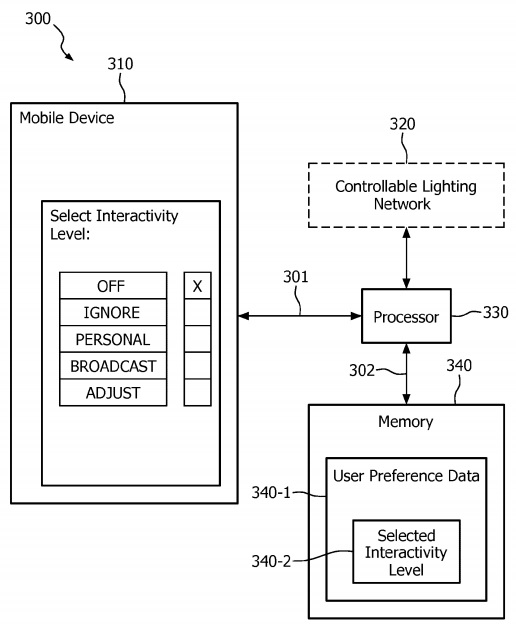
Public Places
The research to date has mostly focused on offices and residences, but it becomes even more interesting when public spaces are considered. Examples include retail stores and shopping malls, restaurants and hotel lobbies, bars and nightclubs, and even outdoor plazas and public parks at night. Normally, we never consider interacting with the lighting of such spaces. With public profiles however, we can easily give light to these environments in a socially acceptable manner.
As a prosaic example, consider walking through a park at night. Municipalities are already equipping pole-mounted walkway lighting with WiFi transceivers and occupancy sensors, which is all the technology that is needed for someone to turn on the lights using a smartphone [19]. It is a small step from here for the lighting system to recognize the person through their public profile and set the lights for a particular path.

More interesting examples arise when we consider light itself as a social medium. Color in particular can be used to announce the arrival of VIPs at a nightclub or to announce goals during a game at a sports bar. Light levels in restaurants can adapt to the preferences of patrons and their activities. The list goes on with possibilities that are limited only by the creativity of the lighting designers who develop the systems and the users who interact with them.
Language of Light
If anything, we may need to invent a new “language of light,” a non-verbal means of expressing not only our desires and preferences for lighting, but also of expressing our moods and social standing. More than likely, this will evolve by itself in the manner of cultural norms. We may however be surprised, if the prior introduction of personal lighting control is any indication. We may embrace the concept of giving light with the same aplomb as we have exhibited in adopting smartphones. It will become interwoven into the fabric of our lives, with our children wondering what light switches were for.
Just as it is difficult to explain a philosophy in five hundred words or less, it is difficult to explain the nuances of light as an intrinsic property of ourselves and the concept of “giving light” in a single discussion. It is all too easy to think of new technologies in term of what they replace, much as today’s LED lamps closely resemble A19 incandescent lamps. It is even more difficult here in that there are no new technologies involved; we already have the tools that we need.
All that is needed is for lighting designers to adopt a new philosophy and consider the possibilities.
References
- Zhong, M., et al. 2014 “On the Possible Use of Fire by Homo Erectus at Zhoukoudian, China.” Chinese Science Bulletin 59(3):335-343.
- Bower, R. G., et al. 2014. “A Medieval Universe: Mathematical Modeling of the 13th Century Universe of Robert Grossteste.” Available from http://arxiv.org/abs/1403.0769.
- Galasiu, A. D., G. R. Newsham, C. Suvagau, and D. M. Sander. 2007. “Energy Saving Lighting Control Systems for Open-Plan Offices: A Field Study,” Leukos 4(1):7-29.
- Clarke, A. C. 1962. Profiles of the Future: An Inquiry into the Limits of the Possible. New York: Harper and Row.
- Ericsson. 2013. Ericsson Mobility Report — On the Pulse of the Networked Society. Stockholm, Sweden: Ericsson.
- Anon. 2013. “Gartner Says the Internet of Things Installed Base Will Grow to 26 Billion Units by 2020.” Gartner, Inc. http://www.gartner.com/newsroom/id/2636073.
- ISO/IEC FDIS 24730 — Real-Time Locating Systems (RTLS).
- Woodman, O., and R. Harle. 2008. “Pedestrian Localization for Indoor Environments,” Proc. Tenth International Conference on Ubiquitous Computing, pp. 114-123.
- See http://zigbee.org/Standards/ZigBeeLightLink/Overview.aspx.
- Dachs, M. R. 1975. US Patent 3,900,404. Optical Communication System.
- For example, Talking Lights LLC (www.talking-lights.com).
- Daukantus, P. 2014. “Optical Wireless Communications: The New Hot Spots?,” Optics & Photonics News 25(3):34-41.
- EuroShop Retail Trade Fair, February 2014 (Dusseldorf, Germany).
- Light + Building, March 2014. (Frankfurt, Germany).
- Guillemin, A., and N. Morel. 2001. “An Innovative Lighting Controller Integrated in a Self-Adaptive Building Control System,” Energy and Buildings 33:477-487.
- Vainio, A.-M., M. Valtonen, and J. Vanhala. 2008. “Proactive Fuzzy Control and Adaptation Methods for Smart Homes,” IEEE Intelligent Systems 23(2):42-49.
- Granderson, J., and A. Agogino. et al. 2006. “Intelligent Office Lighting: Demand-Responsive Conditioning and Increased User Satisfaction,” Leukos 2(3):185-198.
- Loveland, D., A. Vermeullen, and I. Ashdown. 2012. US Patent Application 2012/0184299, Systems and Methods for Managing Interaction with Controllable Lighting Networks.
- Badger, E. 2013. “The Streetlight of the Future Will Do So Much More Than Light Your Streets.” The Atlantic Cities, March 13, 2013.
